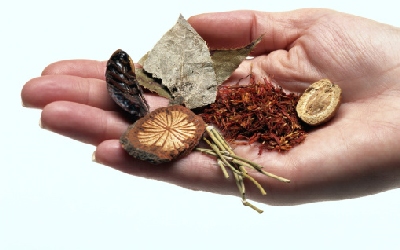What is Traditional Chinese Medicine Normally Used for?
Traditional Chinese Medicine, often abbreviated to TCM, is a variety of different complementary medicinal practices which have been developed in China over the past 5,000 years. These include acupuncture, herbal medicine, exercise, massage and dietary therapy. The medicine is based on something called Yinyangism (derived from the Yin-Yang theory and comprising of five phases).
Widely used in the US, TCM is on the increase, with a study in 1997 estimating that there are around 10,000 practicians improving the wellness of around 1 million patients every year.
TCM is fundamentally different to traditional medicine in that the ancient Chinese perception is of humans not as individuals but as microcosms, connected to the larger surrounding universe and forces.
Yin and Yang form an important part of Traditional Chinese Medicine, and this originated in the Shang Dynasty (1600 – 1100BC). Yin and Yang represent two complimentary forces that the world is made up of – the fire aspect and the water aspect. Yin and Yang also refer to temperature, male and female.
The concept of Yin and Yang can also refer to the human body – generally the upper body and back are known as the yang and the lower part of the body is the yin part.
There are also other theories unique to Traditional Chinese Medicine, such as the six levels theory that relates to the penetration of cold diseases, the four stage theory regarding the progression of warm diseases and the eight principles system.
Some elements of the body are also represented in Traditional Chinese Medicine as other elements Wood, for example, governs the liver and the gallbladder, as well as being responsible for blood sugar. Fire, on the other hand, relates to the heart, the pulse and the face.

Comments are closed.